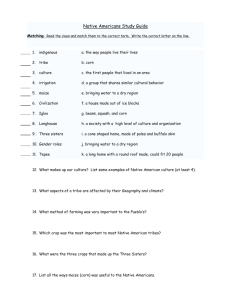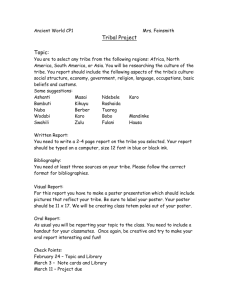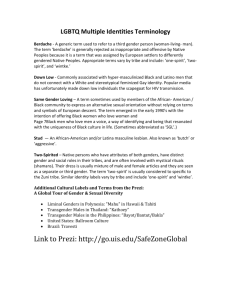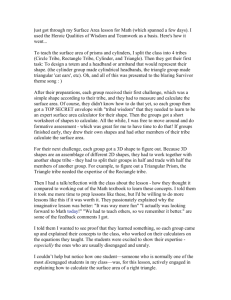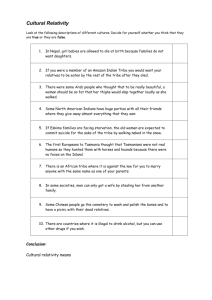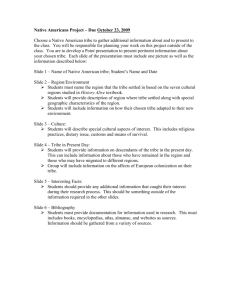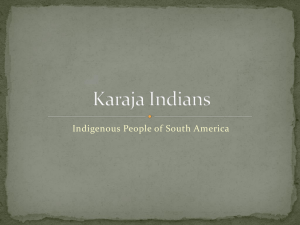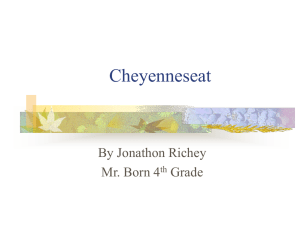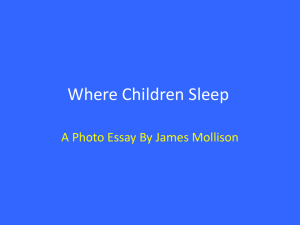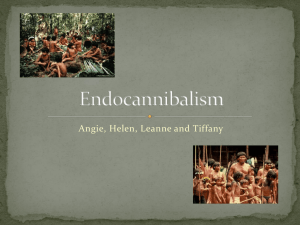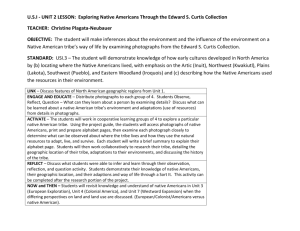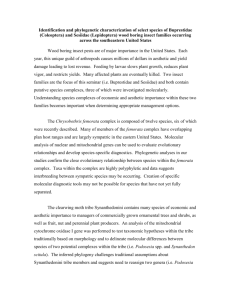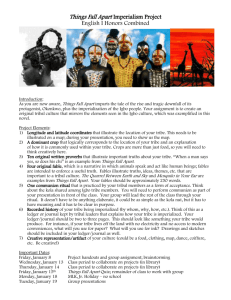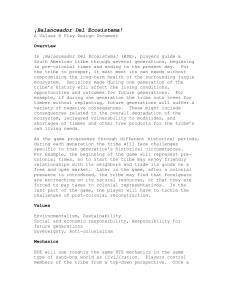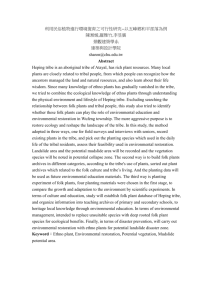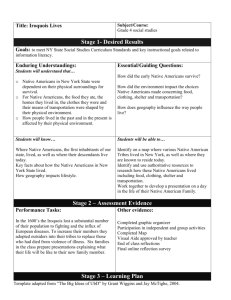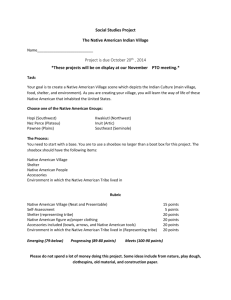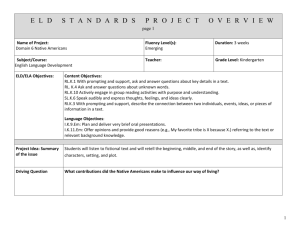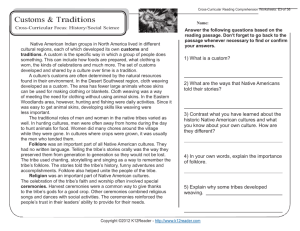Continuum Concept - John C. Rhead, Ph.D.
advertisement
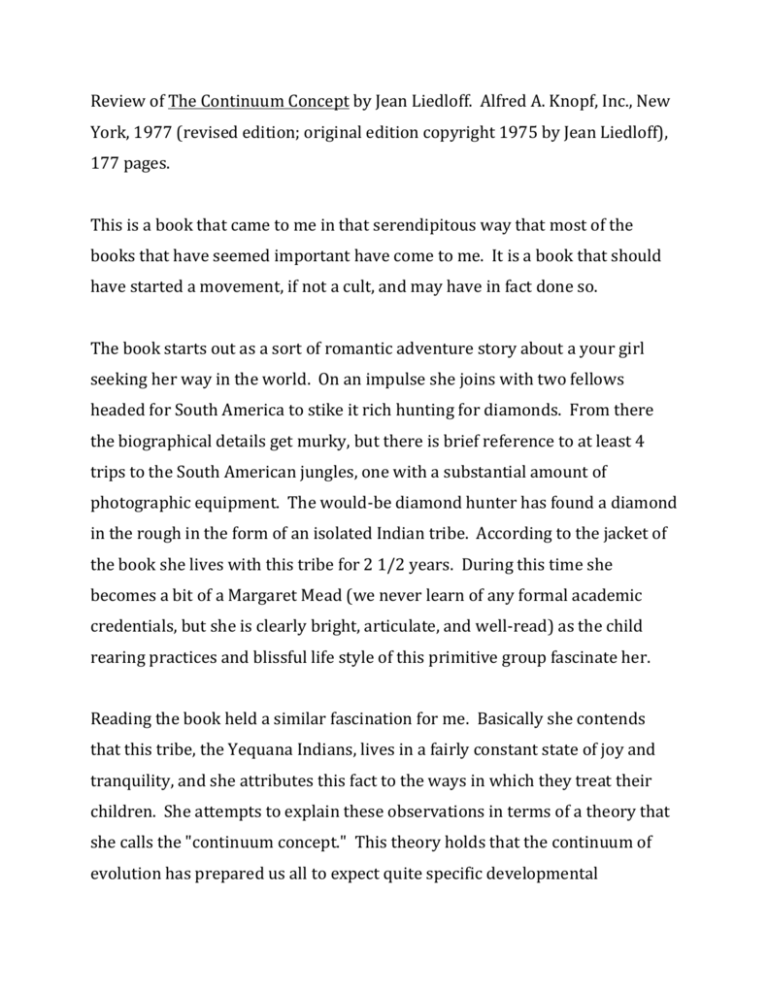
Review of The Continuum Concept by Jean Liedloff. Alfred A. Knopf, Inc., New York, 1977 (revised edition; original edition copyright 1975 by Jean Liedloff), 177 pages. This is a book that came to me in that serendipitous way that most of the books that have seemed important have come to me. It is a book that should have started a movement, if not a cult, and may have in fact done so. The book starts out as a sort of romantic adventure story about a your girl seeking her way in the world. On an impulse she joins with two fellows headed for South America to stike it rich hunting for diamonds. From there the biographical details get murky, but there is brief reference to at least 4 trips to the South American jungles, one with a substantial amount of photographic equipment. The would-be diamond hunter has found a diamond in the rough in the form of an isolated Indian tribe. According to the jacket of the book she lives with this tribe for 2 1/2 years. During this time she becomes a bit of a Margaret Mead (we never learn of any formal academic credentials, but she is clearly bright, articulate, and well-read) as the child rearing practices and blissful life style of this primitive group fascinate her. Reading the book held a similar fascination for me. Basically she contends that this tribe, the Yequana Indians, lives in a fairly constant state of joy and tranquility, and she attributes this fact to the ways in which they treat their children. She attempts to explain these observations in terms of a theory that she calls the "continuum concept." This theory holds that the continuum of evolution has prepared us all to expect quite specific developmental experiences, and if we have these experiences we develop into very happy and social (i.e. non-aggressive and able to thoroughly enjoy the company of our species) individuals. Central to this theory is the experience of maintaining constant body contact with the mother and other adults for the first 6 or 8 months. During this "in-arms" phase of development the adults do not make the infant the center of attention, but rather go about their own adult business while always carrying the child, thereby presumably fostering a sort of basic trust while simultaneously exposing the infant to all sorts of varied sensory stimulation. There is also a belief (held by all members of the tribe) in the intrinsic wisdom and sociability of the infant. Based on this belief it is expected that the infant will know instinctively how to avoid most dangers and will want to function in a cooperative manner with others as he/she develops. According to the accounts given in the book, these expectations are met in all cases save one or two in which there was some contaminating contact with civilization outside the tribe. I found this book to be both inspiring and disturbing at the same time. I find it hard to imagine reacting otherwise to the news that everything from mass genocide to drug addiction is a result of a few simple mistakes made early in the child-rearing process. It is inspiring to think that everything could be fixed quite simply by a few changes in how we birth and raise our children, and disturbing to think of all the seemingly unnecessary suffering (e.g. mine and that of my now-grown children) that is going on because we have not yet caught onto this fact. I have often been described as impossibly naive and optimistic about human nature, usually with the implication that I am quite defended against knowing anything about my own dark side. Such a characterization is quite impactful, since I basically subscribe to the notion that we will continue to have holocausts as long as we continue to deny our shadow. I therefore work to avoid falling prey to the blissninny side of me that wants to believe that there really is no shadow. Hence I found myself, while reading the book, wondering about the author's scientific credentials (does she have a Ph.D. in anthropology, and if so is it from a prestigious university?) and credibility (have any real anthropologists reviewed this work and in doing so have they thoroughly discredited it?) I also noted that it seemed that the Yequana consume a good deal of alcohol, so I imagined that the author may have simply joined them in a prolonged alcoholic binge, with corresponding distortion in her perceptions. On the other hand, I found myself weeping when I read the part about how my own birth might have gone had I been a member of the Yequana tribe. The book obviously has an enormous amount to say about the implications of the continuum concept for child rearing practices, and is quite explicit about these. It also takes a brief stab at the implications for psychotherapy, suggesting some encounter group exercises that simulate the "in-arms phase" (i.e. first 6 to 8 months of life) of the Yequana. The former implications have caused me to examine in quite specific ways how I am raising my not-yetgrown children. The latter implications do not seem terribly relevant in any direct way to how I practice psychotherapy, but there is still a sense that there is something important here for those of us who would understand something about the healing of the human spirit, regardless of how its wounds are acquired. John C. Rhead 8-20-92
